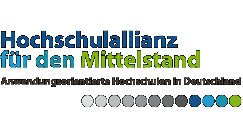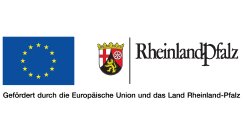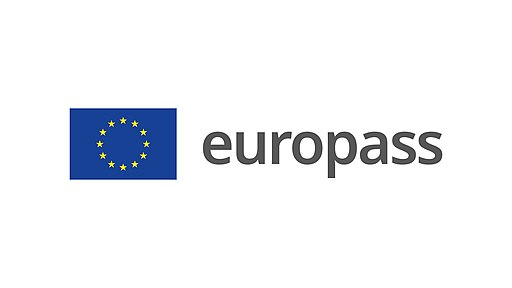Further Information
The relationships between the quantitative MR parameters were investigated for each voxel using different mathematical models. A typical example for the relation between total water content and R1 is shown in Fig. 1, highlighting the well known fact that T1 is correlated with free water content.

Fig. 2(a, b) shows the coefficient maps for a simple linear model. Employing the corresponding model parameters as determined for healthy subjects, brain areas which significantly deviate from the healthy behavior can easily be identified.

First results on patients with multiple sclerosis demonstrate that the relationship between different quantitative MR parameters significantly deviated from healthy behaviour in different brain structures, like due to changes in the structure of bound water. The difference between predicted and measured relaxation rate for a single MS patient is shown in Fig. 3(a-c) for the three different models. The new method therefore provides fundamentally different information from standard MR sequences and might be used as a new biomarker in diseases with an altered bound water structure, such as multiple sclerosis or brain tumours.










